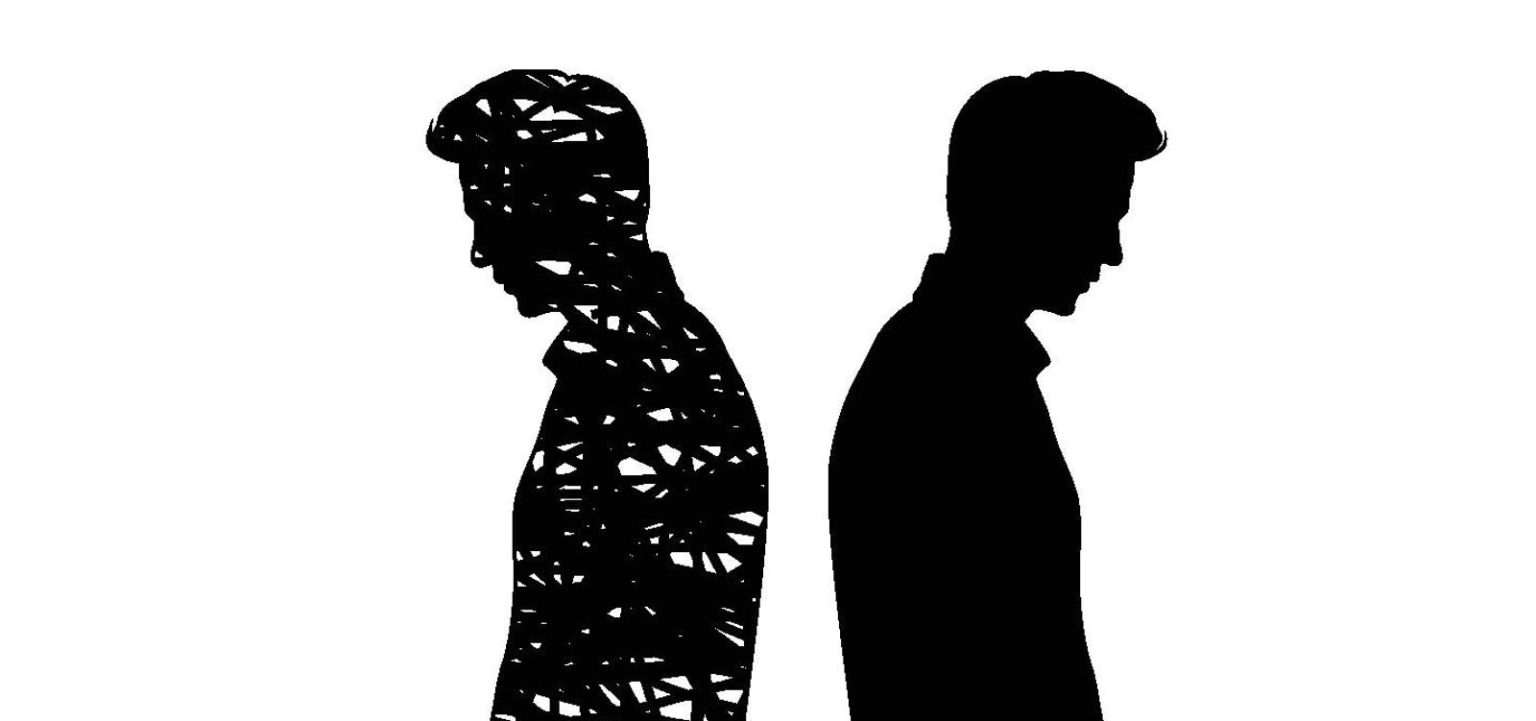In today’s fast-paced world, many people find themselves feeling disconnected from their bodies, going through life on autopilot without truly tuning into their physical selves. This sense of estrangement from our bodies can manifest in various ways, from feeling out of touch with bodily sensations to a profound sense of detachment and alienation. But what causes this disconnect? Psychological trauma, such as abuse or neglect, can deeply impact our connection with our bodies, leading to a disengagement as a protective mechanism. This can manifest as emotional numbness, loss of bodily sensations, or feeling disconnected from one’s own physical form.
Recognizing and addressing dissociation is crucial for healing from trauma and re-establishing a connection with the body. Therapeutic approaches such as trauma-focused cognitive-behavioral therapy and mindfulness techniques can aid individuals in processing traumatic memories and developing healthier coping mechanisms. Additionally, existential angst and alienation from rapid change and uncertainty can also contribute to this sense of disconnect. Moments of quiet introspection and practices like tai chi, qigong, or expressive arts therapies can help individuals rediscover the significance of their physical existence and manage trauma responses.
Recent research conducted in 2024 has shown that individuals facing real-life challenges often turn to social media and the metaverse as a means of escapism, deepening the sense of disconnect from the physical world. Despite this, engaging in activities that encourage full inhabitation of the body can help individuals find a deeper sense of connection and inner peace. By embracing our bodies and honoring our unique identities, we can navigate through life’s chaos while finding solace in our physical selves.
In dissociative states, individuals may perceive their lives from a distant vantage point, feeling estranged from their own bodies. This detachment can manifest as emotional numbing, a loss of bodily sensations or even a sensation of being disconnected from one’s own physical form, as if it belongs to someone else entirely.
Within dissociative states, bodily signals may become obscured or distorted, hindering individuals’ ability to engage fully with their environment or experiences. Sensory perceptions may become dulled or intensified, while movements might feel robotic or disjointed. This disconnection not only impairs daily functioning but also reinforces a cycle of dissociation, as the mind retreats deeper into its protective shell in response to perceived threats.
Furthermore, these dissociative symptoms can disrupt individuals’ capacity to connect with themselves and others. Without adequate support and intervention, this disconnection can exacerbate feelings of emptiness, isolation and hopelessness.
Recognizing and addressing dissociation is crucial for healing from trauma and re-establishing a connection with the body. Therapeutic approaches such as trauma-focused cognitive-behavioral therapy (TF-CBT) and eye movement desensitization and reprocessing (EMDR) can aid individuals in processing traumatic memories and developing healthier coping mechanisms.
Additionally, mindfulness and body-centered therapies can assist individuals in reclaiming a sense of presence and embodiment, facilitating a reconnection with the wisdom and resilience inherent in their physical selves.
At a deeper level, our sense of disconnect from our bodies may stem from existential angst and alienation. With rapid change and uncertainty around us, we grapple with fundamental questions of identity, meaning and mortality—triggering a deep-seated sense of confusion about our place in the universe. These existential quandaries often leave us feeling disconnected from both our core sense of identity and our physical forms, as we seek meaning and belonging in a seemingly indifferent universe.
This existential turmoil can be overwhelming, and may even prompt us to seek refuge in technology or virtual realms to momentarily escape reality. Recent research conducted in 2024 corroborates this notion, revealing that individuals facing real-life challenges often turn to social media and the metaverse as a means of escapism. The pervasive influence of technology and virtual spaces can deepen this sense of disconnect, pulling us further away from the physical world that anchors us in the present.
Despite this confusion, moments of quiet introspection can help in unraveling our feelings and rediscover the significance of our physical existence. Additionally, several studies have shown that practices like tai chi, qigong or even yoga which focus on breath, movement and body awareness can help manage trauma responses. Alternatively, you may explore expressive arts therapies such as dance, theater or somatic experiencing, which provide opportunities to explore and express emotions through the body.
Remember, even amidst life’s chaos, our bodies provide us the safe haven we seek. Engage in activities that encourage you to inhabit your body fully. Embrace your bodies and honor your unique identities to find a deeper sense of connection and inner peace.













